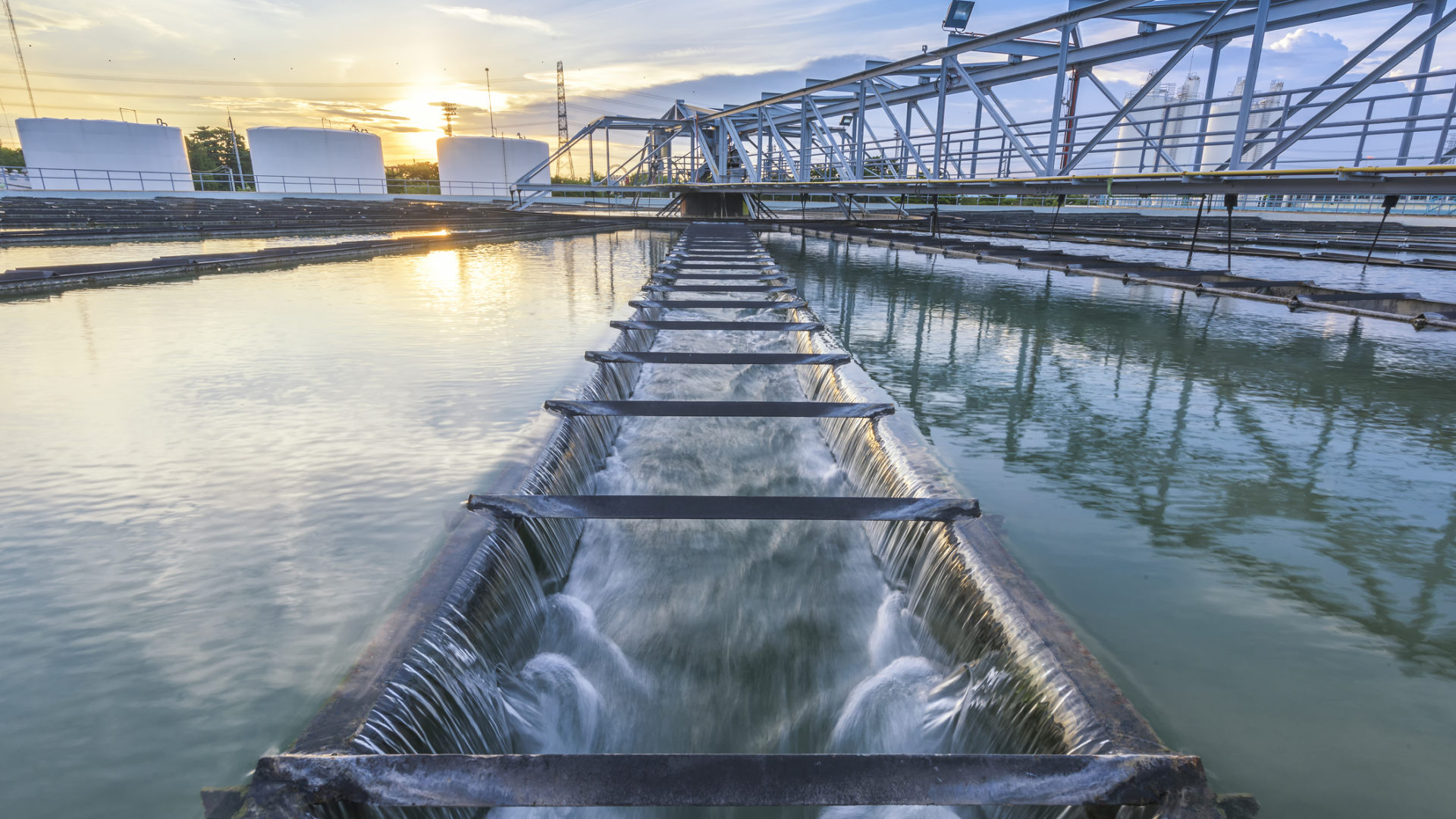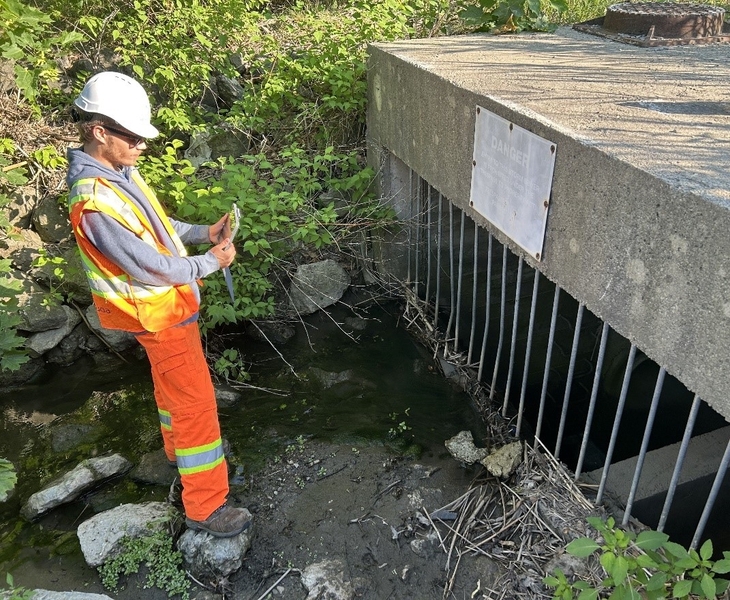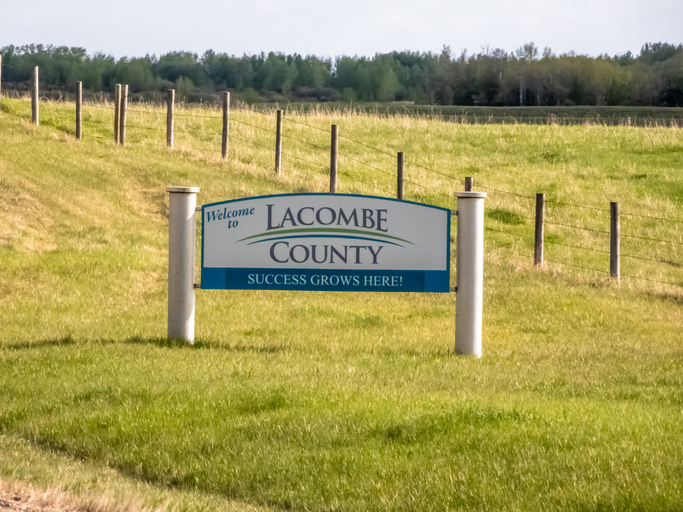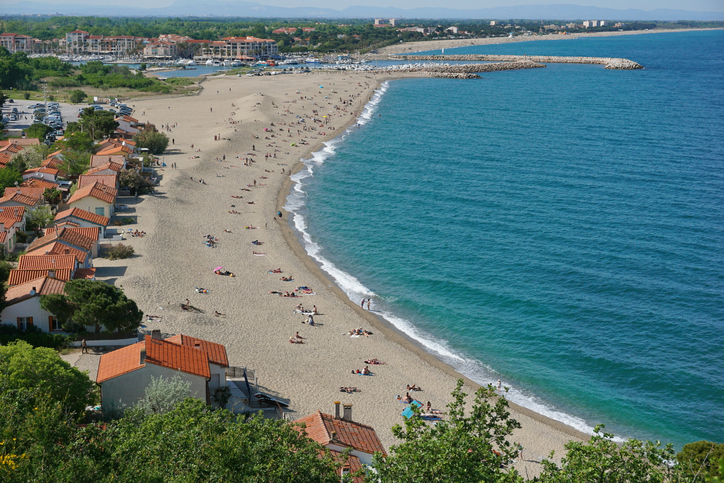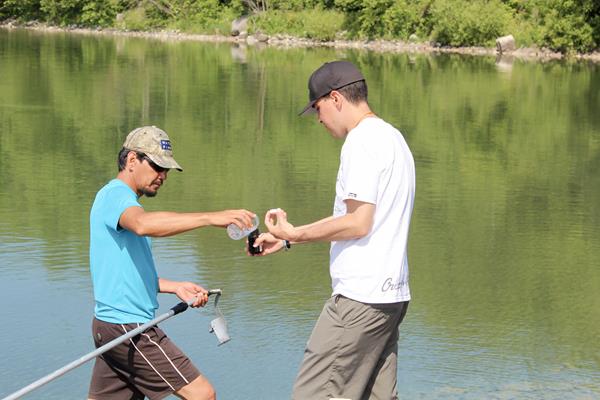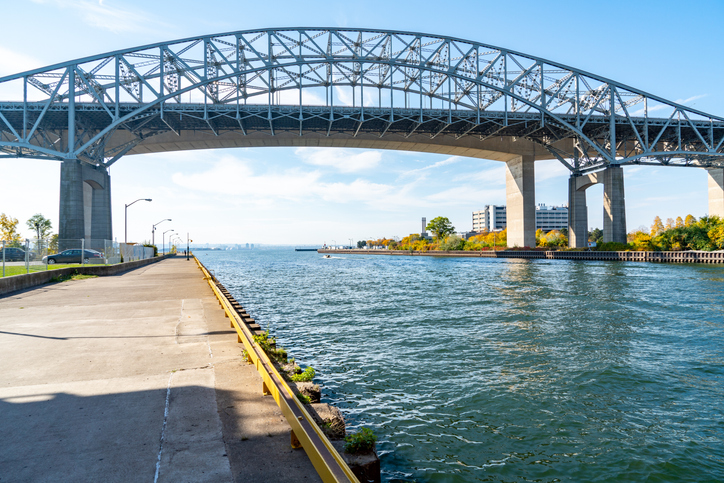Researchers at Linköping University have gained insights into the types of by-products that are found in drinking water based on testing that was undertaken at four water treatment plants in Sweden.
“Using advanced techniques, we have been able to trace additional substances detected at the molecular level,” said Anna Andersson, a PhD student at Linköping University. “It turns out that most of the by-products are unique to each water treatment plant. This means that specific conditions at each water treatment plant affect which by-products are formed.”
The researchers used ultra-high-resolution mass spectrometry to analyze the water. This technique means that you do not have to look for known substances that you have been forced to do so far. Instead, the mass of the molecules in a sample can be determined so accurately that one finds out which atoms each molecule consists of.
For a year, Andersson carried out water sampling in close cooperation with four Swedish water treatment plants: Tekniska verken in Linköping, Nodra in Norrköping, Norrvatten in Stockholm, and VA SYD in Malmö. Each of these water treatment plants have different water purification processes. The analysis was conducted in collaboration with researchers at the Helmholtz Research Center in Munich and at the University of Maryland in the United States.
The results showed that even at the water treatment plants where the regulated trihalomethanes (for example, chlorofoam) cannot be measured, there was a large variety of by-products. The wide variety of by-products makes it difficult to know how to best reduce the health risk from these substances.
“Sometimes you talk about the cocktail effect, and that is what this is about,” said Andersson. “What we need to understand is how we can reduce the risk from the entire mixture of substances. The risk from the by-products that has now been mapped is unknown, but the potential risk is motive enough to work towards reduced by-product formation.”
Chlorination is one approach that can provide protection against bacteria in drinking water. The chlorine has an important function to provide good water quality through the pipeline network. The question the researchers are now asking is how to continue to use the chlorination effectively and at the same time reduce the exposure of unwanted by-products.
This study, which is available here, has been funded by FORMAS (the State Research Council for Sustainable Development).

